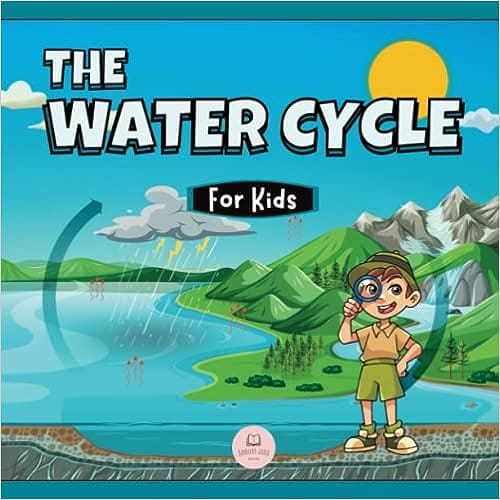Definition
The water table is the upper surface of the zone of saturation in the ground where all pores in the soil or rock are filled with water.
Expanded Explanation
The water table is a significant concept in hydrology and environmental science. It represents the boundary between the unsaturated zone, where pores in the soil or rock can contain both air and water, and the saturated zone, where they are entirely filled with water. The level of the water table can vary greatly due to factors like rainfall, drought, evaporation, and human activity such as pumping water from wells.
Importance
Understanding the water table is crucial for multiple reasons. It helps in managing water resources, predicting the impact of climate change on water availability, and designing infrastructure like wells and septic systems. Moreover, the water table level can affect agricultural practices and the health of ecosystems.
Context and Usage
The term “water table” is commonly used in hydrology, geology, environmental science, and civil engineering. For instance, in hydrology, scientists might study changes in the water table to understand patterns of groundwater recharge and discharge. In civil engineering, knowledge of the water table level is essential when constructing foundations or designing drainage systems.
Examples
- Example 1: In an area with heavy rainfall, the water table might rise as more water percolates down into the ground, potentially leading to flooding in basements or low-lying areas.
- Example 2: During a severe drought, the water table may drop significantly, affecting the productivity of wells and possibly leading to water shortages.
Understanding Water Table
A common misconception about the water table is that it is a static, unchanging feature. In reality, the water table can fluctuate greatly, depending on weather patterns, season, and human activities. It’s also crucial to understand that the water table is not a flat, even surface—it can have peaks and valleys, conforming to the underlying topography.
Related Glossary Terms
- Aquifer: An aquifer is a body of permeable rock or sediment that can store and transmit water. The water table marks the upper level of an unconfined aquifer.
- Groundwater: This is the water found in the saturated zone beneath the water table. It is a crucial source of drinking water and irrigation water for many regions.
Visual and Reading Aids
External Resources
- US Geological Survey: Estimating evapotranspiration and groundwater flow from water-table fluctuations for a general wetland scenario
- National Geographic: Water Table
Related Articles From Website
- Watershed 2023: A Year For Significant Hydrological Change: This article discusses the impact of changing climate conditions on water tables and watersheds.
- The Hidden Rivers: Exploring the World of Underground Aquifers: This piece explores aquifers, underground layers of water that are intimately connected with the water table.

